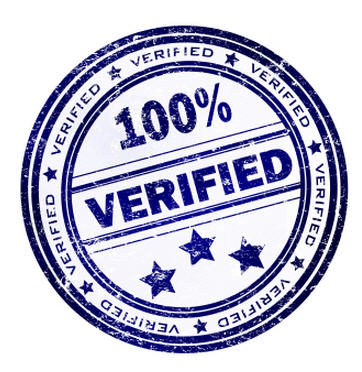
I am quite often asked by readers and customers how they should operate their quality control in China.I am going to develop in this post how quality inspection in China can be performed, what are the different methodlogies, and when to choose one or the other for quality check in Asia.
Inspecting goods in China & Asia
There are typically two ways to inspect goods in China, either by performing a production check with a sampling from the whole lot or by inspecting fully the whole lot of goods being manufactured.
What are the differences, what are the advantages and drawbacks of each methodology ?
A./ Perform quality Inspection in China with a sampling
1./ Why perform a sampling during product inspection in China
When we perform a quality control operation in China or in Asia and that we use the sampling methodology to verify the product quality of some manufactured goods, then the quality inspection process consist in picking a reduced population of products belonging to a lot and to consider them as representative of the whole lot. For example, if you buy 50 000 USB key, and that you need to perform a quality inspection on usb key, then you may consider to pick a fraction of those 50 000 pieces (let’s say 500) inspect this fraction and consider that if this fraction is not acceptable, then the 50 000 pieces belonging to the lot would not be acceptable either.
Sampling methodology is based on statistical approach and As in every statistical approach, there is always a possibilities of error. Why do we use sampling methodology then during quality inspection in China ?
Well, sampling methodology is mostly used when the product quantities to inspect involved in the lot are high and that inspecting each piece one by one would consumme too much time and ressoures, hence too much money face to the value of the product. For example, if you buy 10000 electronic components which value is 0.01 USD each, then it would cost you propbably more to perform the checking on a one by one basis than the total cost of those 10000 compoents. On this base, you may want to check quality only a sample of the whole lot because inspecting 10000 components might take a lot of time.
2./ How a sampling work during quality control in China
During a quality control in China or Asia, normally the quality inspector would choose randomly some products among the lot. Normally, we select product in different area of the warehouse to make sure the picking is not biased.
Quite often a standard is used to decide what should be the sampling size for a given lot size. Most of time when performing qc, a quality inspection company in China would use the ISO 2859 MIL STD 105E standard. The standard indicate how many sample should be drawn and what are the acceptance level for each type of defect (Critical, Minor, Major).
A lot is considered has acceptable if all the treshold of the defectives are not outpassed. However if one of the treshold is over passed, then the lot is considered as rejectable.
3./ Advantages of sampling for product inspection in China
The main advantages of performing a sampling is this is cost effective because it allow to interpret the quality of a big lot by inspecting the quality of a very small part of the lot. So, if you have a lot of pieces in your lot, then instead of spending several days to verify the quality of each pieces, then the sampling methodology can be usefull because it can accelerate the quality inspection by inspecting only a small part of the lot.
4./ Drawbacks of sampling for quality check
The main drawback of this quality inspection methodology is that because it is based on a statistical methodology, the result is never 100% sure. You may have drawn only the good samples during picking the sample, and then it would still remain many defectives in your lot that you would have not considered.
B./ Performing 100% Quality Check in China
1./ Why full quality check is usefull
If you want to make sure about a production, then the only way to do so is to check everything fully. This is the only way to be 100% sure. If your products are of high cost or if the image of your brand is ultra important, then you want to make sure that 100% of the goods are perfect before shipping. In this case, you have no other choice than operating 100% Full check of your goods.
2./ How a full quality check in China can be implemented
There is not many possibilities to implement a 100% Full Quality Control in China.
– Either you send an inspector directly at the manufacturer for several days to check all the pieces one by one direclty on the production line before packing
– Or you can work with a quality control cetner who will check and pack your item directly under their own roof. The company i work for supply this service.
In this case, all the prices are quality controled in China before shipping.
3./ Advantages
The main advantages is you can make sure all your goods are proper and not only a percentage based on statistics.
4./ Drawbacks
If you have many pieces, then the checking may take several days and then cost more than doing a sampling. Our company usually implement a per pieces fees for easy calculation of the cost.
In conclusion, it all depends of what you need to check and what you are ready to accept. What is sure is there is a trade off between cost and certainty of quality on the production.
And you, what is your experience about sampling or full check ?
Leave a Reply